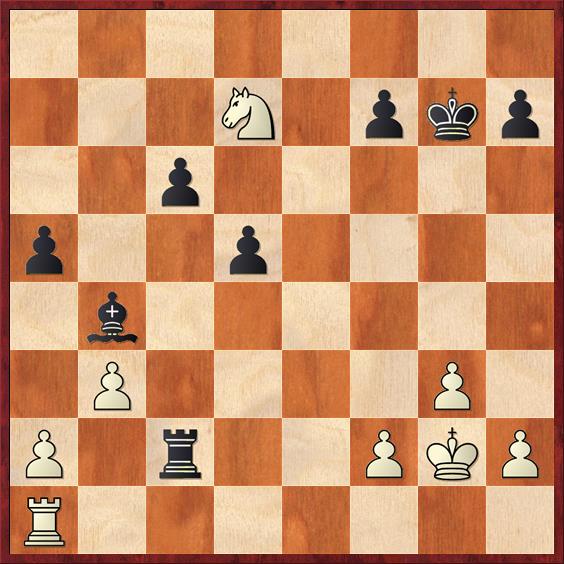A fly is buzzing around your table and generally making a nuisance of himself. What is the best tool for getting him to leave you alone?
(A) A flyswatter
(B) A machine gun
(C) A cup
The answer is (C). A flyswatter won’t work, unless he is unusually slow or you are unusually quick, because flies have evolved over millions of years to detect fast-moving objects. “Threat! Avoid!”
A machine gun would be fast enough, but it unfortunately creates collateral damage and is hard to aim with fly-level precision.
The cup is your best bet. You wait for the fly to land, and then you turn the cup upside down and lower it around him, as slowly and gently as possible. He won’t notice anything until suddenly the lights go out and he finds himself buzzing around the interior of a cup. This method works because flies have not evolved over millions of years to see slow-moving objects as a threat. Best of all, this method does not kill the fly, so you can release it after you are done.
I discovered this “life hack” a few years ago, and used it as recently as this weekend, when a yellow jacket was bothering a bunch of people at the table I was sitting at. I wasn’t sure whether it would work for the yellow jacket, because it didn’t land very often and didn’t stay landed for very long. However, it did work on the second try and the people at my table were very grateful.
What does this have to do with chess? Consider the following position.
 Position after 27. Kg2. Black to move.
Position after 27. Kg2. Black to move.
FEN: 8/3N1pkp/2p5/p2p4/1b6/1P4P1/P1r2PKP/R7 b – – 0 27
I reached this position as Black in my latest “Matrix chess” game against Shredder, the computer program. (Shredder’s strength was set at 2229 for this game.) I decided that this was a good place to take my one time-out for the game.
It is easy to see that Black has a big advantage, thanks to his more active rook and possibly superior minor piece. But how does Black actually win? Of course I looked at the forcing tactical sequence first: 27. … Bc3?! 28. Rd1 Rxa2 apparently winning a pawn. But only apparently, because White’s knight worries Black’s pawns from behind: 29. Nb8! Rb2 30. Nxc6 Rxb3 31. Rxd5 a4. Yes, Black has created a passed pawn but after 32. Rd7 a3 33. Ra7 I don’t see how to advance it any farther! I couldn’t figure out a clear winning technique.
What went wrong? This was the “flyswatter” approach to the position. Black tried to smash White’s position right away, but the fly (in this case, the knight on d7) was too cagey.
Do you see a better way to play the position, one that is absolutely clear and convincing? Hint: Think about the cup and the fly.
If we could only lower a cup gradually around that knight on d7, he would never suspect a thing. But where is the cup going to come from? Hint: What is the one piece that Black hasn’t used yet?
The answer is the king. But he’s stymied in his approach to the knight by the pawn on f7. So… let’s just move that pawn one step forward! The correct move is 27. … f6!
I was so excited when I discovered this move that I could hardly sit still to analyze it. White is practically in zugzwang. Black’s threat is simply to play … Kf7-e7-d7 and slowly corral the knight. The fly’s only way out lies through b6 to a4, but as soon as he plays Nb6, I will play … Bc5 and win White’s f-pawn. (Or I might even play … Bc3 because White no longer has the Nb8 resource.) Admittedly the game is not over yet, but that’s a nice pawn and White’s knight still will be underperforming on a4. White has no other real options. Rook moves do not really stop my plan. If 28. a3, I simply play 28. … Bd6 and wait for him to move again. If he moves his rook I take on a3, otherwise I’ll do my king march. If he moves the pawn to a4 then he has just taken away the knight’s only exit route and I will eventually trap it and win it.
That’s pretty much what happened in the game. The finishing moves were:
27. … f6! 28. h3 Kf7 29. a4 Ke7 (the knight is dead now) 30. Nb8 Kd6 31. Na6 Bc3 32. Rb1 c5 33. g4 Bd4 34. h4 Kc6 35. Re1 Be5 (maybe not the most accurate, but good enough) 36. Kf1 Kb7 (bye-bye, knight) 37. f4 Bxf4 38. Re6 d4 39. Rxf6 Bg3 40. Rh6 d3 and now the computer admits defeat with 41. Nxc5+ Rxc5 etc.
Next time, before you reach for the flyswatter, think about whether the slow and gentle approach might be better!



{ 2 comments… read them below or add one }
You could consider two other candidate moves.
(D) Hang up fly paper.
(E) The clapping method. – Put on gloves. Wait for the fly to land on a horizontal surface. Clap your hands about one inch above the fly. The fly will detect the movement and fly upwards from the surface, only to be crushed between your gloved hands. I have killed dozens of flies this way.
I know two fly jokes:
Question: What do you call a fly with no wings?
Answer: A walk.
Question: What is the difference between a fly and a bird?
Answer: A fly can’t bird.
-Mike
I LOVE it! whats great about it is that its so general and accessible; I feel like even I can incorporate the idea in my game.
by the way, I’m a big fan. I love your blog.